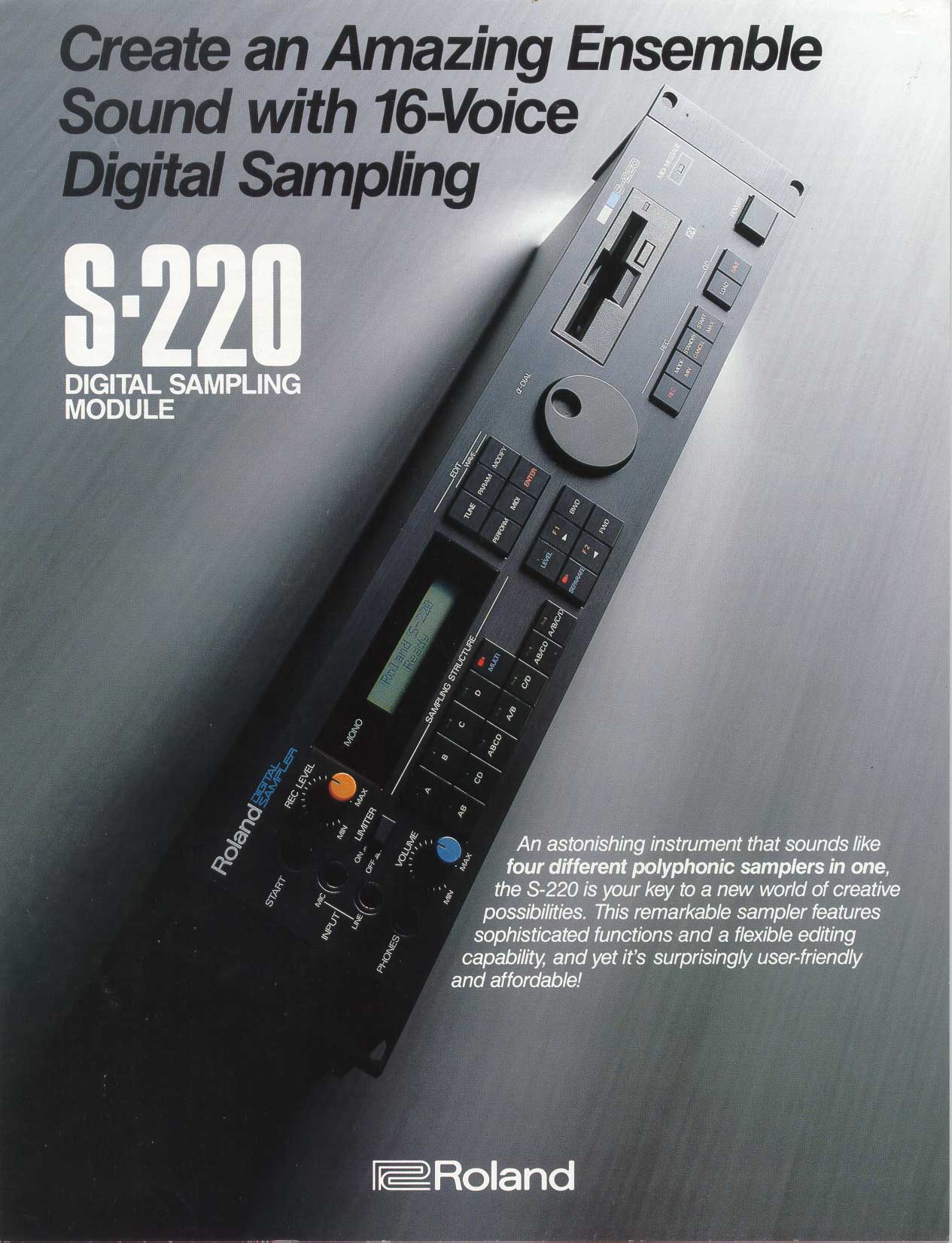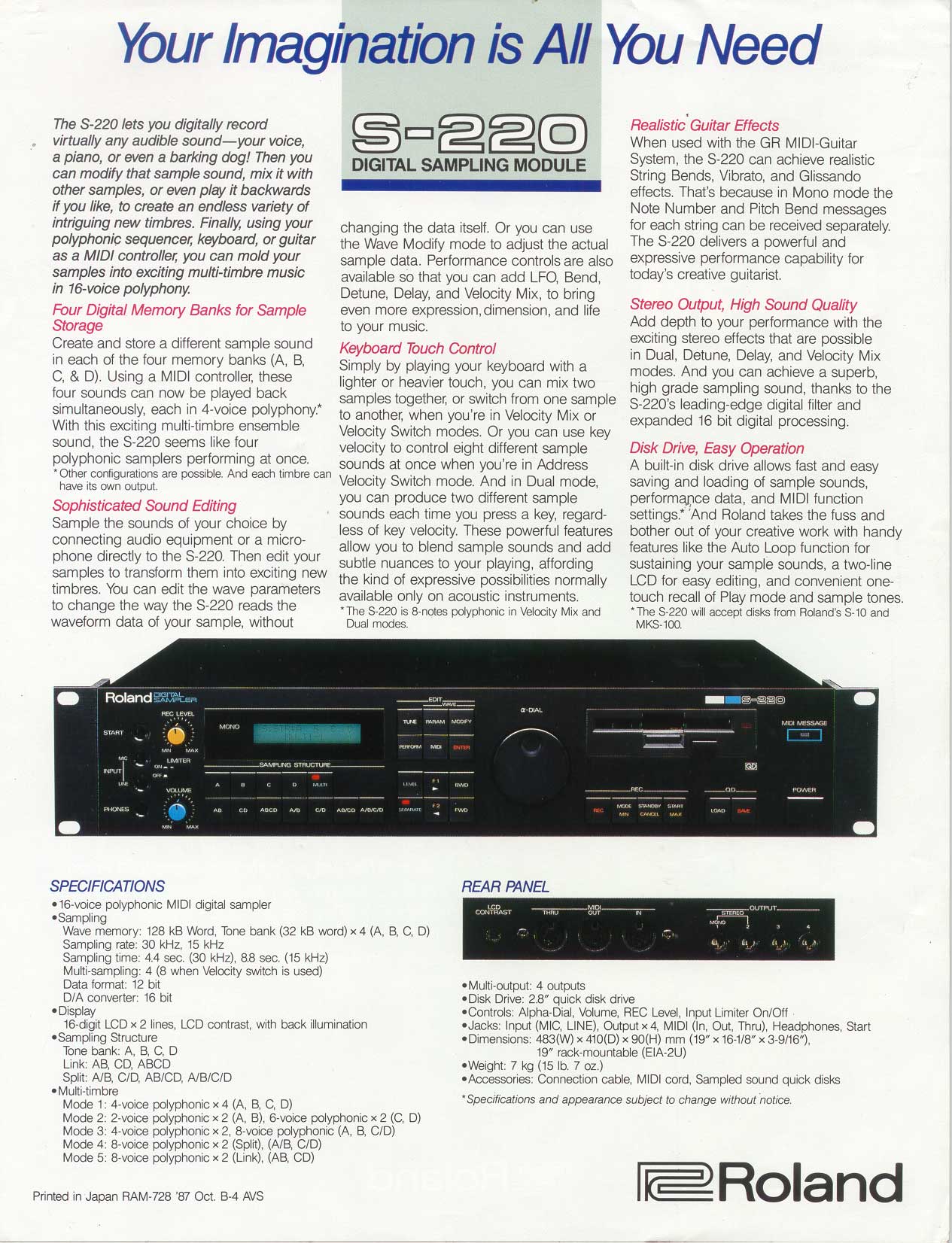Recent | Online | Vintage | Modern | Win | Mac OS9 | DOS | Amiga | Atari ST | Graphics | Midi io | Sequencers | Roland "MC" | E-mu | Ensoniq | Akai MPCs | Samplers | Akai "S" | Roland "S" | Synths | VST Samplers | VST Synths | Roland "JV" | Modules | Drums | Mixers | Timeline | Hackintosh | Artists | Graphics
Welcome to Oldschooldaw.com! (Online since 2014) if you are human, Register & Login to gain more access to all boards here; Some guest permissions have been limited to reduce traffic from bots and encourage registration, while other Guest permissions have been added such as guest posting of attachments and guest responses to threads!
Welcome to Oldschooldaw.com! (Online since 2014) if you are human, Register & Login to gain more access to all boards here; Some guest permissions have been limited to reduce traffic from bots and encourage registration, while other Guest permissions have been added such as guest posting of attachments and guest responses to threads!
Posted by: chrisNova777
« on: July 31, 2016, 03:08:44 PM »
http://www.vintagesynth.com/roland/s220.php
1987
takes quickdisks not floppies
Quote
The S-220 is an upgraded rackmount version of the original S-10 sampling keyboard with polyphony that has been doubled to 16 voices. Like the S-10, it is still a very limited consumer-grade sampler. Its sampling specs are limited to a 12-bit, 30kHz sample-rate. With only 256k of internal memory spread over 4 banks (64k per bank) you get a maximum sample time of 4.4 seconds (1.1 seconds per bank). That's hardly enough for any serious music production. Samples can be stored and loaded on a built-in 2.8" floppy disk system called the Quick Disk drive (which isn't very quick by today's standards). The S-220 also features 4 part multitimbrality and up to 5 audio outputs.
Roland has created some nice libraries for the S-10 on disk which are compatible with the S-220. Creating your own samples is pretty easy and was designed for any novice to intermediate player. 30kHz or 15kHz sampling is available, and the S-220 has a pretty good auto-loop feature. The 12-bit resolution and 30-15kHz sample-rates mean lo-fi quality (which you might find desirable). Further edit parameters include sample trimming, looping, reverse, tuning, envelope editing, filtering, velocity effects and hi-pass or low-pass filtering. All this editing is achieved by assigning the parameters to a dial or wheel just like the Alpha Juno series. Though the S-220 is an entry-level sampler, S-330 is a more advanced system with professional appeal.
